8 Essential Power Tools Every Woodworker Should Have
- July 4, 2024
- 0 comment
Getting started in woodworking or taking on some backyard DIY projects can be both exciting and a bit daunting, especially when it comes to building your tool arsenal. Today, I’ll guide you through the eight most essential power tools you need in your workshop. These are not ranked in any particular order, but each one is crucial for different aspects of woodworking.
1. Drill
A drill is a must-have in any tool collection, perfect for putting things together or bigger home projects. Choosing a drill with a half-inch chuck is smart because it lets you use a wider variety of bits, which means you can do more with just one tool. Whether you need a drill for tough tasks or everyday fixes will help you decide between a 12-volt and an 18-volt drill. The 18-volt is great for heavy-duty work, like drilling into concrete, while the 12-volt is usually enough for regular jobs around the house.
Milwaukee’s 12-volt drills are especially good because they are powerful and keep working hard through all kinds of jobs. These drills are known for lasting a long time and being able to handle everything from drilling through hard wood to tackling metal. With a Milwaukee drill, you know you have a reliable tool that won’t let you down, whether you’re fixing something small at home or taking on a bigger project.
Pro Tips
To ensure consistent depth when drilling multiple holes (such as for shelving pins), use a drill stop or a piece of tape wrapped around the drill bit as a visual guide. For enhanced precision, consider using a drill press with an adjustable depth stop for tasks requiring meticulous accuracy.
2. Impact Driver
An impact driver is a great companion to a drill, especially when you have a lot of screws to drive. This tool kicks into high gear with extra power whenever it hits resistance, making sure it doesn’t lose steam while driving screws. This boost in power makes it perfect for jobs where you need to screw things together quickly and effectively. It’s a real time-saver for any woodworking or home improvement project.
Impact drivers are specifically built to handle screws—not for drilling holes. They excel in ensuring screws are driven in smoothly and securely, without the strain or stall you might get from a regular drill. If your projects often include lots of screw driving, adding an impact driver to your toolkit will make those tasks much easier and faster.
Pro Tips
For projects requiring different torque levels, utilize an impact driver with adjustable torque settings. This prevents overdriving screws into softwoods or delicate hardware, thus ensuring the material integrity is maintained.
3. Random Orbit Sander
For woodworkers aiming for a perfect finish, a reliable random orbit sander is essential. This type of sander is especially good at reducing sanding marks, ensuring your projects look sleek and professional. Top tool brands like Makita, DeWalt, and Bosch are known for producing durable sanders that last.
Choose a model with a five-inch pad that uses a hook-and-loop system. This setup not only simplifies the process of changing sandpaper but also enhances dust collection, keeping your workspace clean and allowing you to work more efficiently. With the right random orbit sander, you can achieve flawless finishes on all your woodworking projects.
Pro Tips
Use a variable speed sander to adapt the tool’s aggressiveness based on the project’s requirements. Lower speeds are ideal for fine sanding and polishing finishes, while higher speeds can remove material quickly.
4. Jigsaw
Jigsaws excel in cutting detailed shapes and curves, making them indispensable for complex designs. However, choosing the right one is crucial as they can be quirky and challenging to handle. When selecting a jigsaw, consider the handle style that best suits your comfort—whether it’s a top-handle for easy guidance or a barrel-grip for better control and precision.
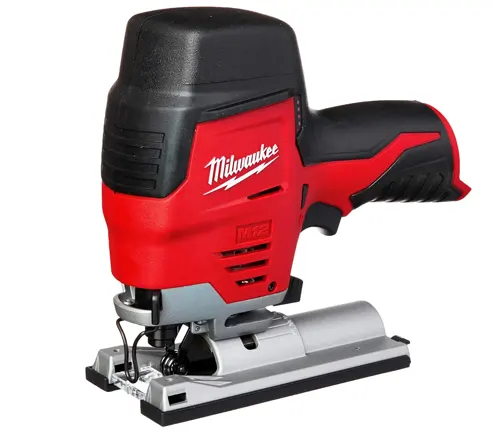
Ensure the jigsaw accepts T-shank blades, which allow for quick and tool-free blade changes, enhancing your workflow. Although modern cordless models offer superior maneuverability and convenience, they tend to be pricier. Investing in a cordless jigsaw can significantly ease your cutting tasks, especially in intricate or large-scale projects.
Pro Tips
When cutting thick materials, use a blade with fewer, larger teeth to reduce the chance of burning and ensure smoother cuts. For intricate patterns, use a thinner blade to achieve tight curves without breaking the blade.
5. Circular Saw
The circular saw is an essential tool for anyone needing to cut large sheets or dimension lumber accurately. The ideal blade size for most projects is 7 1/4 inches, providing a good balance between capability and manageability. These saws are highly versatile, and capable of making quick work of both straight and angled cuts.
However, circular saws demand respect and careful handling due to their power and potential hazards. Always ensure you are fully aware of the blade’s position relative to your hands and body to prevent accidents. Proper safety measures and attention to detail will ensure that this powerful tool contributes effectively to your project without risk.
Pro Tips
Advanced users can perform plunge cuts with a circular saw for tasks like creating window openings in walls. Start by tilting the saw base, aligning the blade where the cut begins, and carefully lowering the blade into the workpiece.
6. Table Saw
A table saw stands as perhaps the most crucial investment in your workshop, acting as the cornerstone for a myriad of projects. These saws come in several forms, from highly portable job site models to the larger and more robust cabinet saws. The type you choose should align with the available space in your workshop and the nature of the projects you intend to undertake.
For those with limited space or who require more maneuverability, a job site table saw is ideal. Ensure that it comes with a sturdy mobile base, which greatly enhances its practicality by making it easy to move and set up as needed. This adaptability makes the job site table saw a valuable tool for a variety of woodworking tasks, bridging the gap between convenience and capability.
Pro Tips
Use a dado blade set to create precise dado cuts for shelving or cabinet joinery. This involves replacing the standard blade with a stack of dado blades to cut widths ranging from a pencil line up to several inches.
7. Router
For intricate detailing and precision, a trim router is indispensable in any workshop. Its compact size and versatility make it perfect for a wide range of applications, from creating decorative edges to making precise cuts. The one-horsepower Bosch Colt exemplifies this type of router, offering enough power for most detailed tasks without the bulk of larger models.
If your budget permits, think about opting for a cordless router. These models eliminate the inconvenience of dealing with cords that can snag or restrict movement, enhancing ease of use and efficiency. This upgrade can significantly streamline your workflow, especially during complex or delicate routing tasks.
Pro Tips
For intricate inlay work, use a plunge router with a fine-tipped bit. Temporarily affix templates to the workpiece to guide the router for creating precise recesses in which to place the inlay materials.
8. Miter Saw
A miter saw is indispensable for achieving precise and clean crosscuts and miter cuts in woodworking projects. Opting for a 12-inch sliding compound miter saw offers the best blend of versatility and accuracy. This tool allows for smooth and accurate cuts, essential for intricate projects or when exact measurements are crucial.
While a circular saw can perform many of the same tasks, a miter saw surpasses it in precision and speed. The miter saw’s ability to make quick, accurate cuts makes it a valuable addition to any workshop, enhancing efficiency and the quality of the final products.
Pro Tips
For complex joinery, such as crown molding or picture frames, set your miter saw to cut at both a tilt and an angle. This requires careful calculation to ensure the correct compound angle, enhancing the precision of fit.
Conclusion
Equipping your workshop with these eight essential tools will set you up for success in any woodworking or DIY project. While the initial investment may seem high, the quality of your work and the efficiency of your workflow will benefit immensely. Remember to consider how each tool will fit into your space and budget, and choose accordingly. Happy woodworking!
FAQs
- What’s the difference between a drill and an impact driver?
Drills are versatile tools for drilling holes and driving screws, suited for a variety of materials. Impact drivers provide higher torque with less effort from the user, making them ideal for driving screws quickly and with less strain, especially in hard materials. - Can a circular saw be used for fine woodworking?
While circular saws are excellent for rough cuts and dimensioning lumber, they can also achieve fine cuts with the right blade and careful handling. However, for intricate precision work, a table saw or miter saw might be more appropriate. - How do I choose between a corded and cordless tool?
Corded tools generally offer sustained power suitable for heavy-duty tasks, without the need for charging batteries. Cordless tools offer greater mobility and convenience, especially for tasks that require moving around or where electrical outlets are not readily available. - What safety gear should I use when operating power tools?
Always wear safety goggles to protect your eyes from flying debris, ear protection to guard against noise, and gloves to protect your hands. Depending on the tool and task, additional safety gear like dust masks or face shields might be necessary. - How often should I replace the blades or bits on my power tools?
Replace blades or bits whenever you notice signs of dullness or damage. Sharp tools not only work more efficiently but are also safer to use. - What’s the best way to store power tools?
Store power tools in a dry, clean environment to prevent rust and damage. Use cases or racks to organize and protect tools, and keep them out of reach of children. - Are there any budget-friendly brands that you recommend for beginners?
Brands like Ryobi, SKIL, and Black & Decker offer good quality tools at more affordable prices, making them ideal for beginners and casual users. - Can I use a miter saw to cut metal or stone?
Miter saws are primarily designed for wood. Cutting metal or stone requires different types of saws or special blades designed for those materials. - How do I prevent my tools from rusting?
Keep tools dry, clean them after use, and apply a light coat of oil to metal parts if they will be stored for extended periods. Storing tools in a climate-controlled environment also helps prevent rust. - Is it worth buying a table saw if I only do small projects?
For small or occasional projects, a compact or portable saw might be sufficient. Consider your project needs and space before investing in larger equipment like a full-sized table saw.
We’d love to hear from you! If you have any tips, questions, or insights about using these essential power tools, please leave a comment below. Sharing your experiences can help fellow readers, so don’t hesitate to join the conversation!

Joel Cunningham
Forestry AuthorI'm Joel Cunningham, an expert in pruning and weed management with over a decade of experience. My skills are rooted in formal training and extensive practice, focusing on advanced pruning techniques and efficient weed control. I'm known for my quality work, precision, and deep understanding of plant health and soil dynamics. My contributions extend to educational initiatives where I share sustainable practices and advice, establishing myself as a reliable and authoritative figure in the gardening community.

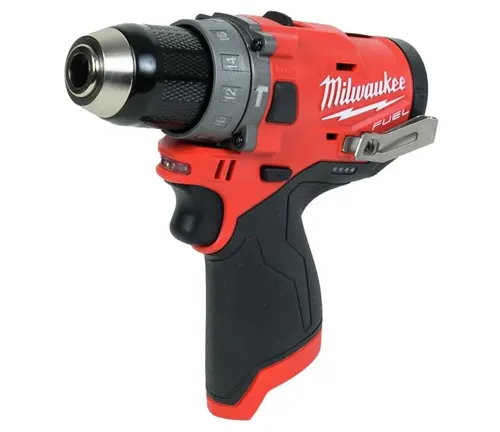

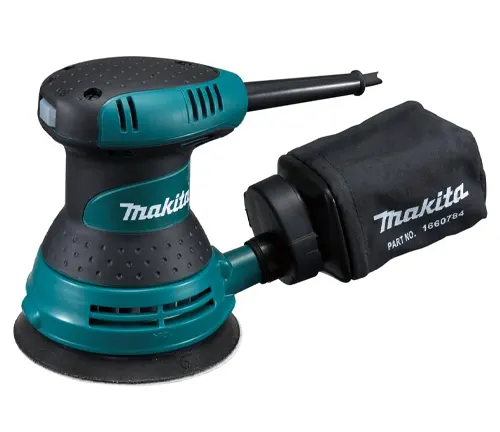
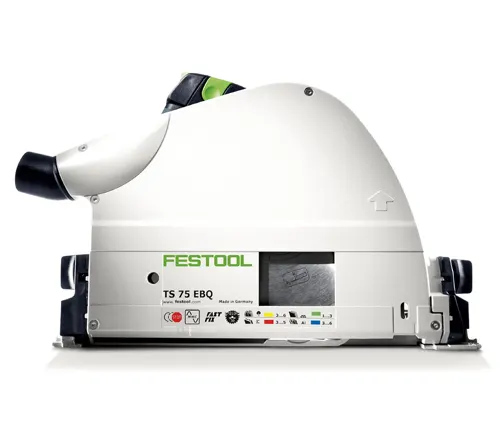
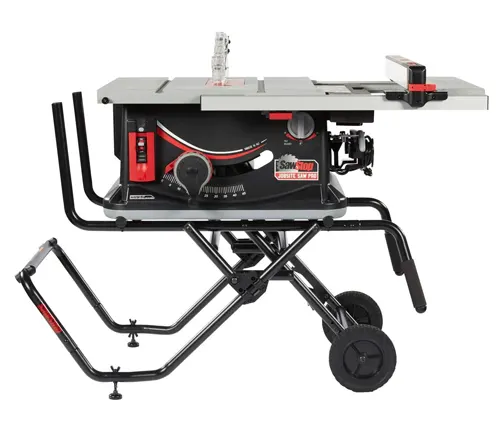
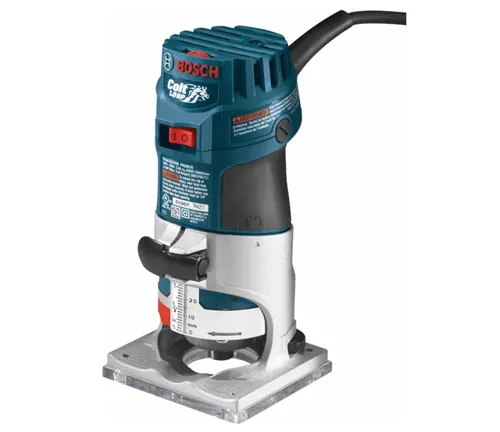
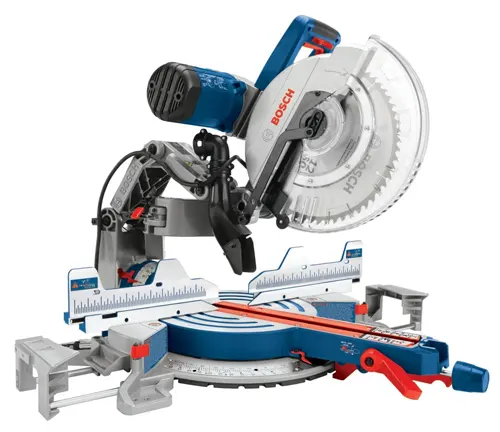










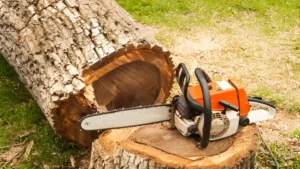

Leave your comment